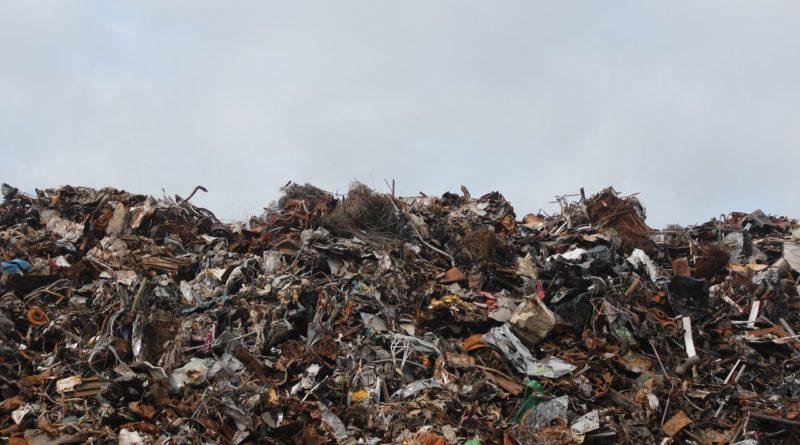Programmed to die
Planned obsolescence is the way that a manufacturer determines the life cycle of a product, after which, those goods will become useless. For this reason, the consumer will have to replace the product with another of higher quality. Most of the products today are “programmed to die”, says Gustavo Copelmayer, and the reason is a powerful one, money, since this trend ensures a great demand. Therefore, companies have more funds in their pockets and a continuous supply and demand. This greatly influences the development of the economy.
Gustavo Copelmayer explains that there are three types of obsolescence: 1- function, when a more advanced product with new features goes on sale; 2- quality, in relation with the life cycle of the product. Less quality means that after using the product for a while, it begins to present failures and malfunctions; therefore, the consumer is forced to replace it; 3- desire, an emotional response when a more advanced product goes on sale and the change occurs because of marketing campaigns to prompt the consumer’s desire or appetite for a more stylish, modern and fashionable product.
This trend towards programmed obsolescence affects consumers in various ways, economically and psychologically, as they enter the cycle of buying, using, throwing away, generating an insatiable desire for unnecessary products. For environmentalists it presents other problems such as the increase in waste that is generated, warns Gustavo Copelmayer.
The unnecessary consumption of products and programmed obsolescence are the basis of the current social and economic system that began to develop in 1920. The idea came from Philips, General Electric and the Phoebus Cartel, who considered that the useful life cycle of the bulb must be limited from 2500 hours to 1000 hours, time that lasts to this day.
Today very few products are not programmed to die. To conclude, Gustavo Copelmayer recalls that cars manufactured in the 50s or 60s can have up to three times the useful life of today’s vehicles. We need to change this consumption mindset that for years has been sold to us through the media. We are programmed to buy anything, sometimes just to amuse and entertain ourselves with material goods.

